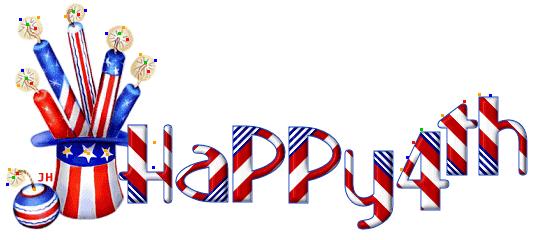In 1776, in a letter to his wife, John Adams wrote:
"The second day of July, 1776, will be the most memorable epoch in the history of America. I am apt to believe that it will be celebrated by succeeding generations as the great anniversary festival. It ought to be commemorated as the day of deliverance, by solemn acts of devotion to God Almighty. It ought to be solemnized with pomp and parade, with shows, games, sports, guns, bells, bonfires, and illuminations, from one end of this continent to the other, from this time forward forever more."
The event Adams referred to was the passage of the resolution of independence by the Second Continental Congress on July 2, 1776. It was this act that "declared the United Colonies Free and Independent States."
The Continental Congress then voted to create a Committee of Five who would draft a document giving reasons for the Resolution of Independence. The committee was made of: John Adams of Massachusetts, Roger Sherman of Connecticut, Robert Livingston of New York, Benjamin Franklin of Pennsylvania, and Thomas Jefferson of Virginia.
It is the result of that committee, the Declaration of Independence - which contains such extraordinary language about freedoms - and the date of its signing, July 4th, that Americans chose to celebrate. However, Adams' words on how to celebrate this holiday of freedom from Britain are as accurate today as when they were written.

The oldest signer was Benjamin Franklin who was 70 at the time. At the signing, Franklin famously said "We must all hang together, or, most assuredly, we shall all hang separately."
John Hancock was the first and only person to sign the Declaration on July 4, 1776.
Thomas Jefferson who was the author of the Declaration of Independence and member of the "Committee of Five" along with John Adams who was also a committee member both died on July 4th 1826, exactly 50 years to the day the document was adopted and printed.
The original was engrossed on parchment which is an animal skin specially treated with lime and stretched to create a strong, long-lasting writing support. The printed version is on paper and was read aloud from town squares throughout the colonies, so that those who could not read would receive the news about intended separation from England.
The Declaration of Independence was adopted by 12 of 13 colonies (New York not voting) on July 4, 1776, but wasn't actually signed by all the delegates until August 2, 1776.

It is the result of that committee, the Declaration of Independence - which contains such extraordinary language about freedoms - and the date of its signing, July 4th, that Americans chose to celebrate. However, Adams' words on how to celebrate this holiday of freedom from Britain are as accurate today as when they were written.
The Historical Inebriant:
Whatever a free man in a free land wants.
We hold these truths to be self-evident, that all men are created equal, that they are endowed by their Creator with certain unalienable Rights, that among these are Life, Liberty and the pursuit of Happiness.--That to secure these rights, Governments are instituted among Men, deriving their just powers from the consent of the governed, --That whenever any Form of Government becomes destructive of these ends, it is the Right of the People to alter or to abolish it, and to institute new Government, laying its foundation on such principles and organizing its powers in such form, as to them shall seem most likely to effect their Safety and Happiness.
...And for the support of this Declaration, with a firm reliance on the protection of divine Providence, we mutually pledge to each other our Lives, our Fortunes and our sacred Honor.
...And for the support of this Declaration, with a firm reliance on the protection of divine Providence, we mutually pledge to each other our Lives, our Fortunes and our sacred Honor.
Fun Facts
The oldest signer was Benjamin Franklin who was 70 at the time. At the signing, Franklin famously said "We must all hang together, or, most assuredly, we shall all hang separately."
John Hancock was the first and only person to sign the Declaration on July 4, 1776.
Thomas Jefferson who was the author of the Declaration of Independence and member of the "Committee of Five" along with John Adams who was also a committee member both died on July 4th 1826, exactly 50 years to the day the document was adopted and printed.
The original was engrossed on parchment which is an animal skin specially treated with lime and stretched to create a strong, long-lasting writing support. The printed version is on paper and was read aloud from town squares throughout the colonies, so that those who could not read would receive the news about intended separation from England.
The Declaration of Independence was adopted by 12 of 13 colonies (New York not voting) on July 4, 1776, but wasn't actually signed by all the delegates until August 2, 1776.
No comments:
Post a Comment
Post Comment: